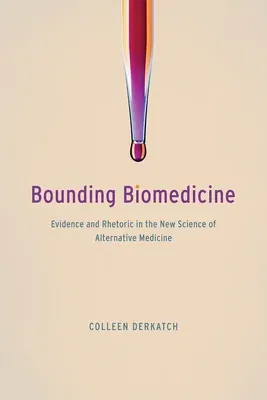During the 1990s, an unprecedented number of Americans turned to
complementary and alternative medicine (CAM), an umbrella term
encompassing chiropractic, energy healing, herbal medicine, homeopathy,
meditation, naturopathy, and traditional Chinese medicine. By 1997,
nearly half the US population was seeking CAM, spending at least $27
billion out of pocket.
Bounding Biomedicine centers on this boundary-changing era, looking at
how consumer demand shook the health care hierarchy. Drawing on
scholarship in rhetoric and science and technology studies, the book
examines how the medical profession scrambled to maintain its position
of privilege and prestige, even as its foothold appeared to be
crumbling. Colleen Derkatch analyzes CAM-themed medical journals and
related discourse to illustrate how members of the medical establishment
applied Western standards of evaluation and peer review to test health
practices that did not fit easily (or at all) within standard frameworks
of medical research. And she shows that, despite many practitioners'
efforts to eliminate the boundaries between "regular" and "alternative,"
this research on CAM and the forms of communication that surrounded it
ultimately ended up creating an even greater division between what
counts as safe, effective health care and what does not.
At a time when debates over treatment choices have flared up again,
Bounding Biomedicine gives us a possible blueprint for understanding
how the medical establishment will react to this new era of therapeutic
change.

